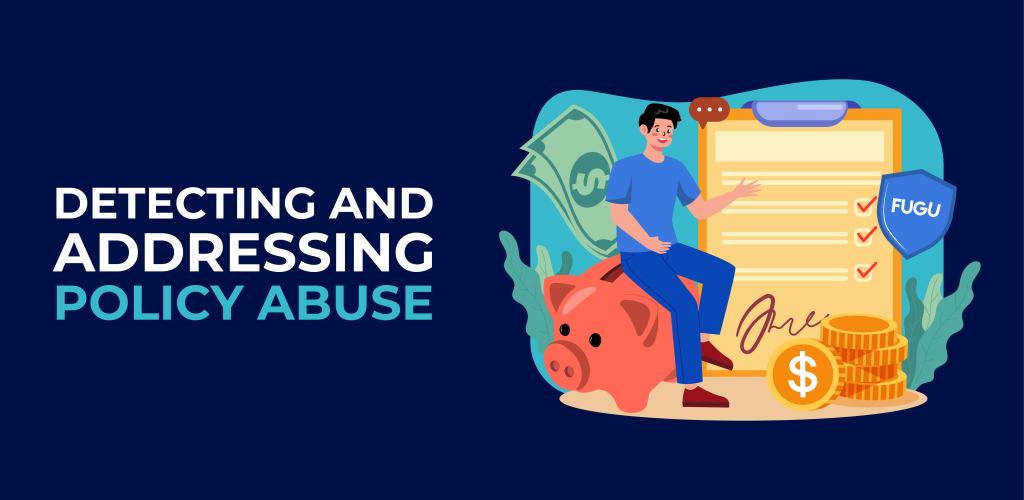
The escalating challenge in online fraud is policy abuse and It is increasingly difficult for merchants to tackle. The issue rises from actions taken by malicious fraudsters as well as legitimate customers, therefore bypassing traditional fraud detection systems. The consequence for retailers is significant financial damage, including massive revenue losses and increased operational expenses.
In the digital commerce industry, there is growing awareness that policy abuse is not just an incidental cost of business. It has turned into a sought-after target for fraudulent actors.
Differentiating Between Fraud and Abuse
Understanding the nuances separating fraud and abuse is an essential tool for merchants to effectively combat the issue.
Payment Fraud is the unauthorized use of someone else’s payment information for purchases. This kind of fraud is executed through the intentional manipulation of digital identities and is usually the work of individuals with malicious objectives.
Various types of payment fraud occur at different stages of the customer experience:
- Fake account fraud involves creating accounts to exploit incentives like sign-up bonuses, retrying subscription services, conducting card tests, or defrauding other customers.
- Account Takeover (ATO) Fraud is when fraudsters access and misuse legitimate customer accounts, leading to issues such as stolen credit card rewards or cash.
- Card-Not-Present (CNP) Fraud happens when stolen credit card details are used for purchases without the physical card, causing financial losses for merchants.
- Friendly fraud, also known as first-party fraud, occurs when legitimate customers falsely dispute transactions.
Policy Abuse refers to the exploitation of retailer policies for personal unfair gain. This can be the work of both legitimate customers and fraudsters. Such abuse includes falsely claiming an item wasn’t received or was incorrect, or initiating chargebacks through banks instead of dealing with the retailer directly.
The primary distinction is that fraud is always committed with harmful intent by fraudulent actors, while policy abuse can involve both bad actors and genuine customers. This makes it challenging for merchants to define what constitutes abusive behavior and how much they are willing to tolerate to preserve a good customer experience.
Strategies for Combating Fraud and Abuse
Determining the true risk level of a transaction and understanding the buyer’s intentions requires analysis and cross-referencing of extensive data points.
For instance, if a buyer selects items, reviews the site’s return policy, particularly regarding return timeframes, and then inquires about the process in place for ill-fitting items through phone or chat, after making a purchase; such behavior when it crossed with our proprietary knowledge, can suggest a likelihood of future policy abuse.
By monitoring buyer behavior both pre- and post-payment, merchants can develop alerts to proactively address potential fraud or policy abuse situations. This strategy enables differentiation between customers with good and bad intentions, thus improving the bottomline and the shopping experience.
]In systems like FUGU, where the risk score is dynamic and continuously monitored, an increase in perceived risk can trigger actions such as temporarily pausing the order before shipping and implementing identity verification procedures to mitigate the risk prior to product dispatch.